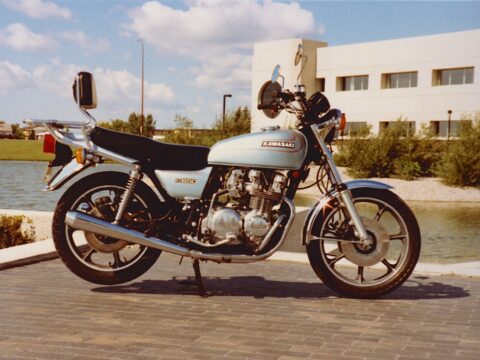Retro futuristic cars have always fascinated car enthusiasts, blending bold visions of the future with the style of their time. These vehicles pushed the boundaries of design and technology, offering a glimpse of what the future of transportation might look like. From sleek concept cars to iconic models, they continue to capture imaginations and inspire innovation today. Here are 15 retro-futuristic cars that left a lasting impression.
Contents
DeLorean DMC-12 (1981)
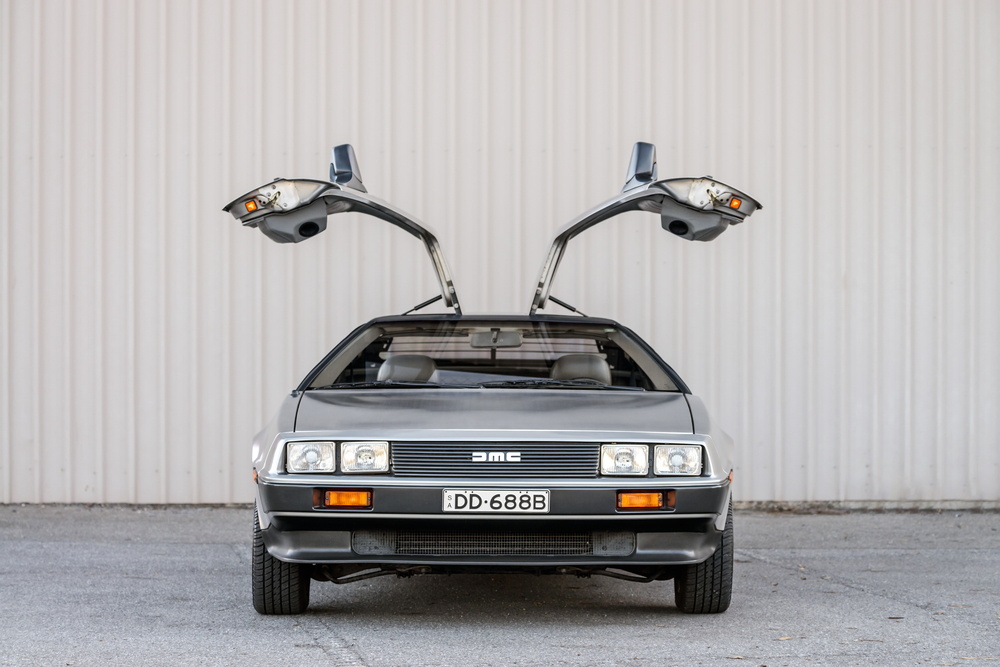
The DeLorean DMC-12 is instantly recognizable thanks to its role in Back to the Future. With its gull-wing doors and stainless steel body, the car looked like something out of a futuristic dream. Although it struggled with performance and reliability, the design cemented its place in pop culture. Today, it remains a symbol of retro-futurism, embodying both the aspirations and challenges of car design in the 1980s.
Citroën DS (1955)
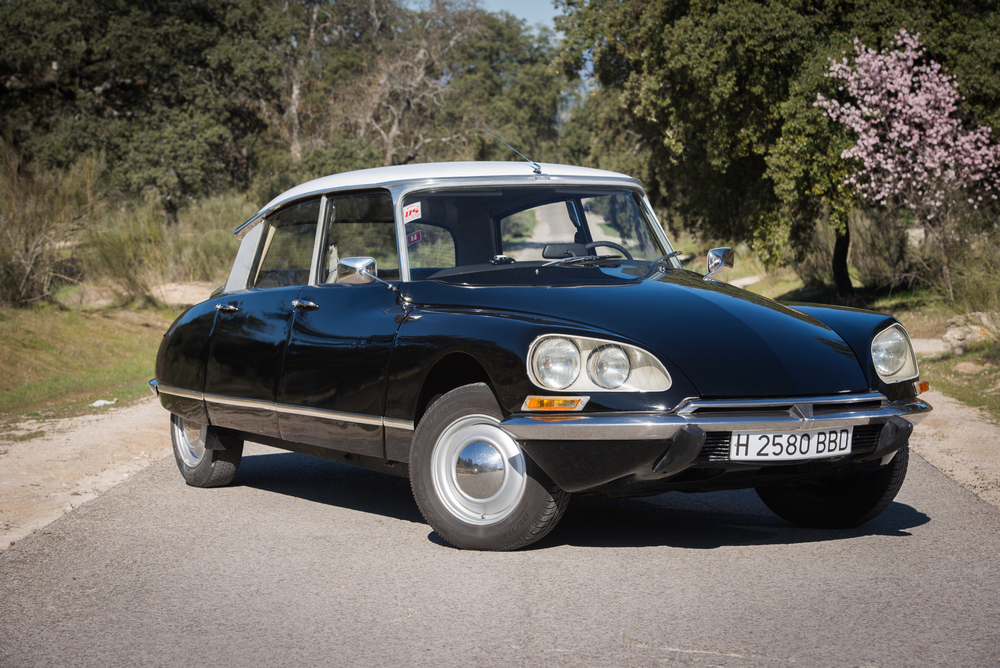
When the Citroën DS debuted in 1955, it looked like nothing else on the road. The car’s aerodynamic design and hydraulic suspension were ahead of its time, offering an unbelievably smooth ride. Technologically advanced, it featured innovations like disc brakes and power steering. Its futuristic shape and engineering made it a symbol of French ingenuity and an icon in automotive history.
BMW GINA Light Visionary Model (2008)
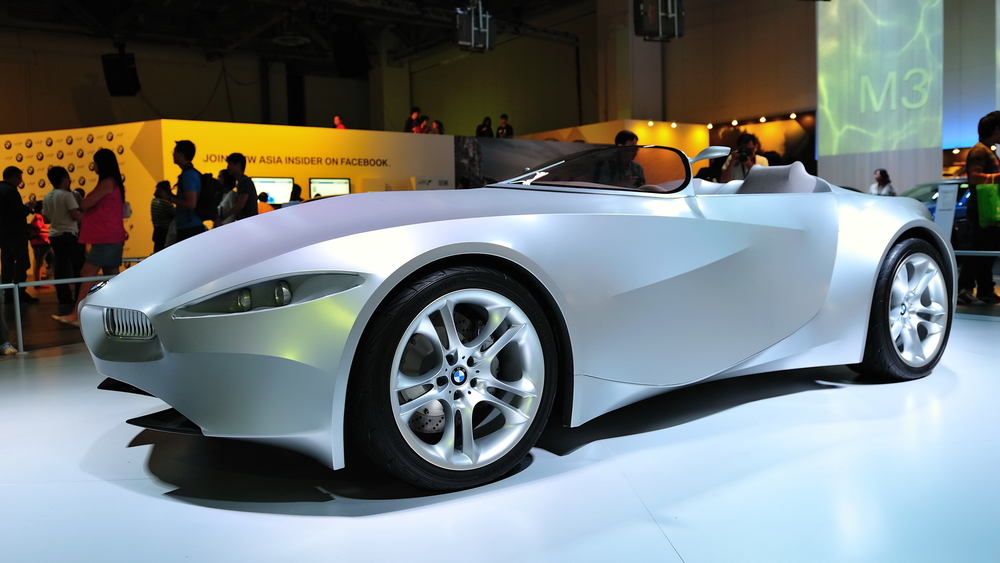
BMW’s GINA Light Visionary Model introduced a revolutionary idea— a car with a flexible fabric exterior that could change shape. Its malleable skin allowed the car to adapt to different driving conditions, giving it a shape-shifting quality. With its organic lines and unconventional materials, GINA was a glimpse into a future where cars could be customizable in real-time. Though it never made it to production, the concept opened new doors in automotive design.
Buick Y-Job (1938)

The Buick Y-Job is regarded as the world’s first concept car, and it set the standard for futuristic automotive design. With its sleek body and hidden headlights, the Y-Job was far more advanced than the average vehicle of its time. Designed by Harley Earl, it was a showcase for bold innovations and stylistic flair. The Y-Job paved the way for post-war car design, with features that later became mainstream.
Tatra 77 (1934)
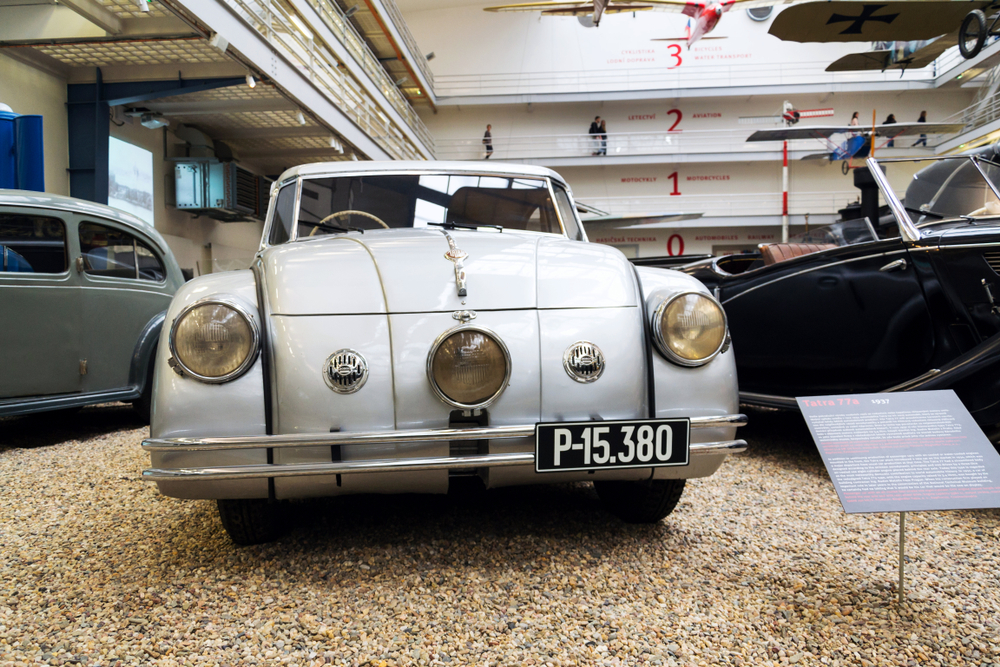
The Tatra 77 made history as the first production car to focus on aerodynamics. Its teardrop shape and rear-mounted, air-cooled engine were revolutionary at a time when most cars had a boxy design. Created in Czechoslovakia, the Tatra 77 combined elegant style with cutting-edge technology, making it a true vision of the future. Even today, it’s admired for its sleek, futuristic look and forward-thinking engineering.
Chrysler Turbine Car (1963)
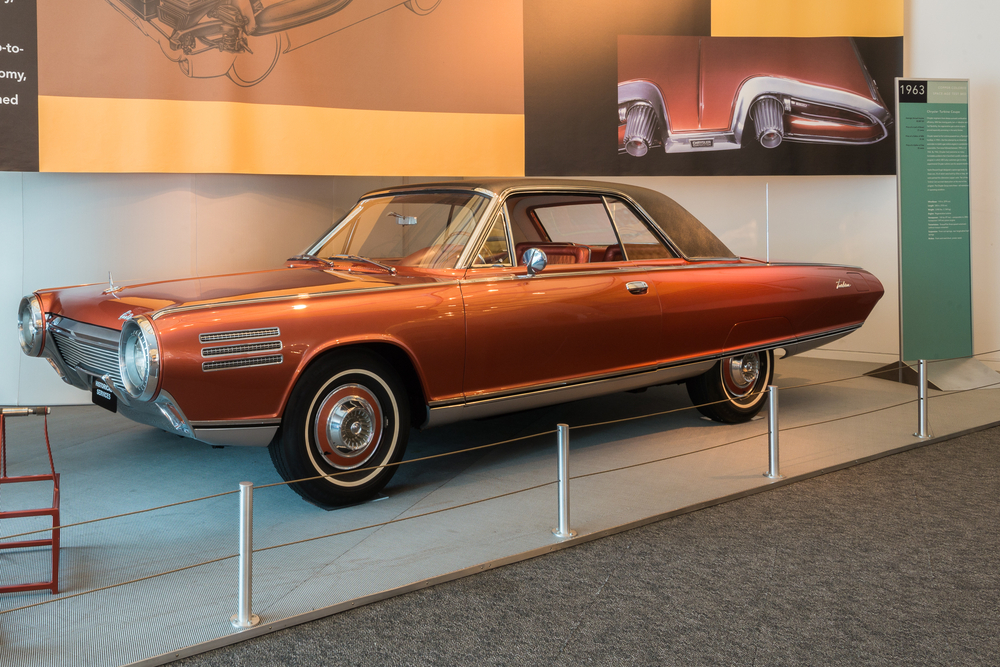
With its turbine engine and sleek, bronze exterior, the Chrysler Turbine Car was as futuristic as they come. The car could run on almost any fuel, from gasoline to kerosene, which promised a future of limitless possibilities. Although only a handful were made, it showcased a bold alternative to conventional internal combustion engines. The car’s jet-inspired design and advanced technology captured the imagination of an era fascinated by space travel and innovation.
Ford Nucleon (1958)
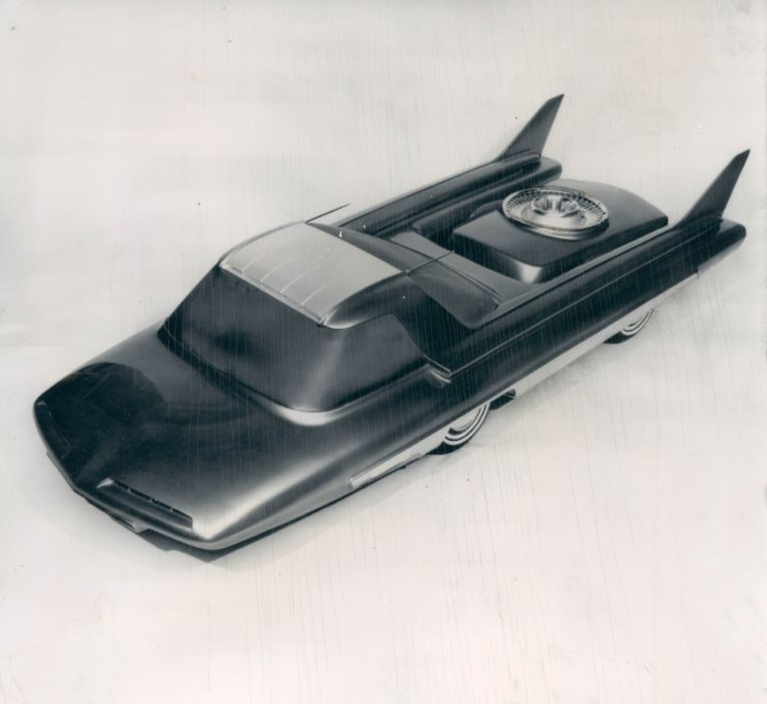
The Ford Nucleon was one of the most radical concept cars ever created, designed to run on nuclear power. Envisioned with a small nuclear reactor at the rear, the car would be able to travel thousands of miles without needing to refuel. Though the technology never advanced enough for it to become a reality, the Nucleon’s design reflected a bold vision of future transportation. It remains a fascinating example of 1950s futurism.
Renault Eolab (2014)
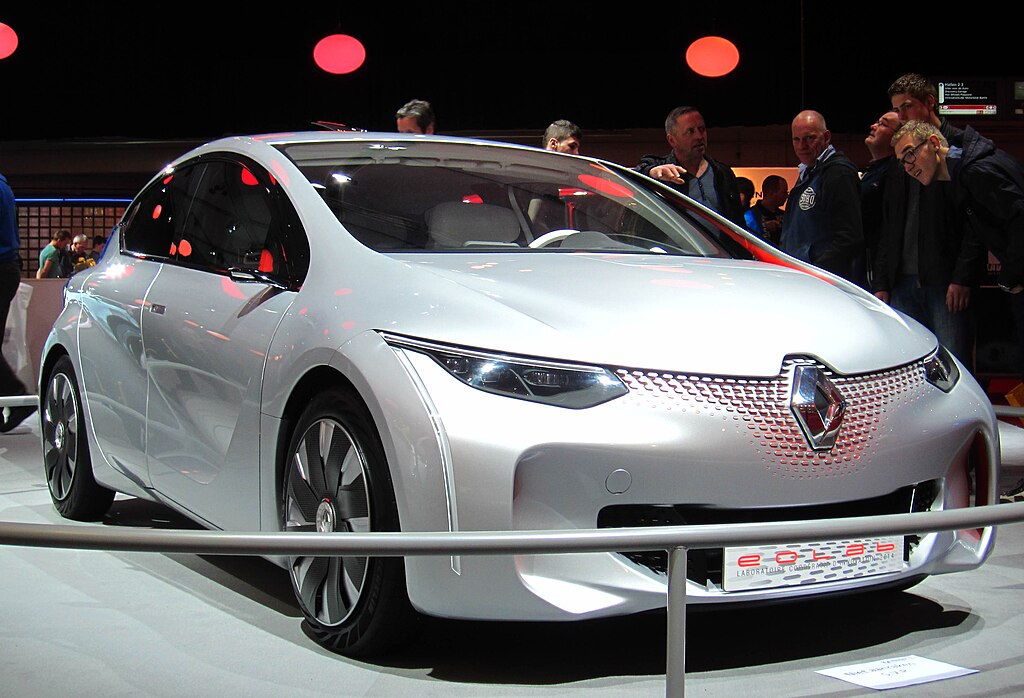
The Renault Eolab was developed with one goal in mind: extreme efficiency. The concept car could achieve an astounding 200 miles per gallon, thanks to its ultra-lightweight design and aerodynamic shape. Though it was never mass-produced, the Eolab offered a glimpse into the future of eco-friendly vehicles. It combined style, sustainability, and innovation, embodying the future of green transportation.
Lancia Stratos Zero (1970)

The Lancia Stratos Zero was a daring wedge-shaped concept that looked like it had just driven off the set of a sci-fi movie. Designed by Marcello Gandini, the car had an ultra-low profile, with the driver entering through a hinged windshield rather than doors. This radical design turned heads in the 1970s and continues to influence modern supercars. Though it was never mass-produced, the Stratos Zero redefined what a futuristic car could look like.
Italdesign Aztec (1988)
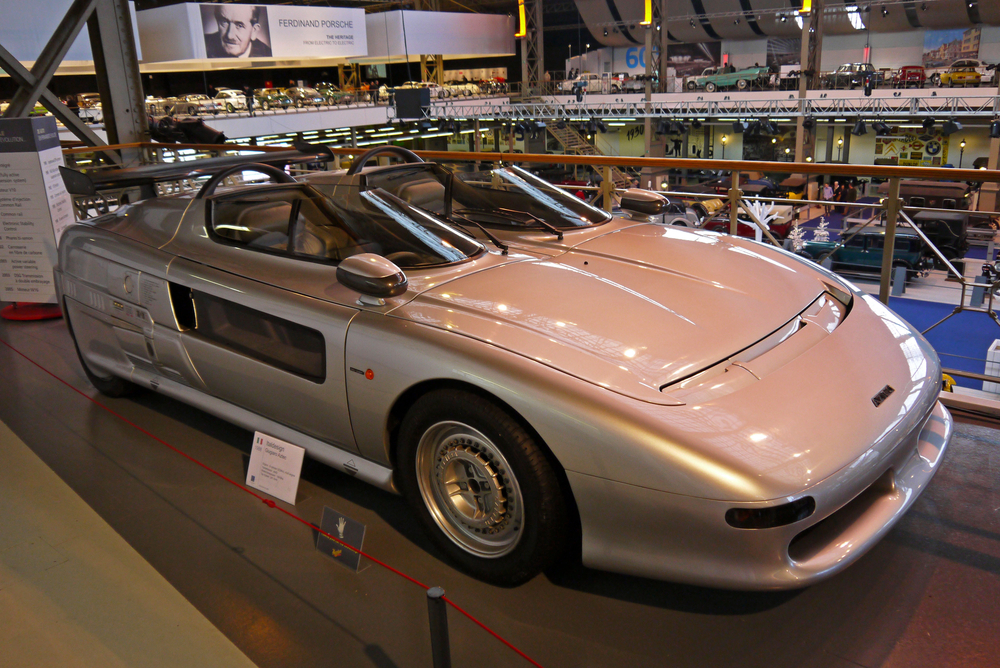
The Italdesign Aztec was a car that looked like it belonged in a dystopian future, with its dual-cockpit design and exposed machinery. It was more than just looks— the car featured advanced technology, including a computer that would speak to the driver. Only a few were ever made, but its futuristic appearance and innovative features ensured it would become a cult favorite. The Aztec embodied a vision of high-tech, high-performance driving.
Peugeot EX1 (2010)
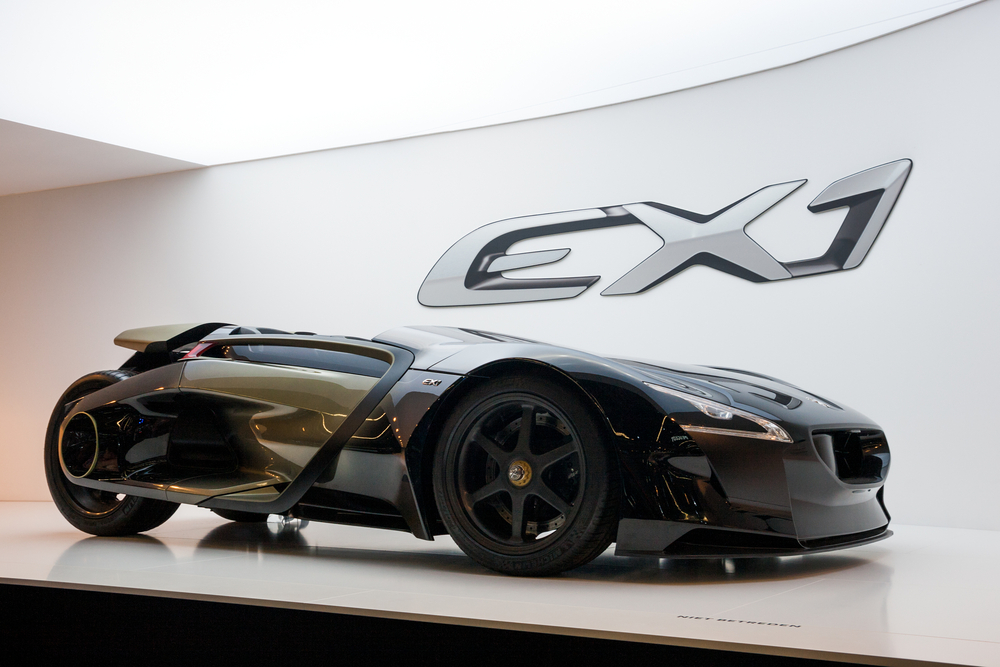
Peugeot’s EX1 was an all-electric roadster designed to break records— and it succeeded, setting six acceleration records upon its debut. The car’s futuristic, lightweight body was designed with aerodynamics in mind, enhancing its performance on the track. Beyond its electric powertrain, the EX1 also wowed audiences with its sleek, open cockpit and cutting-edge technology. It remains a symbol of how futuristic design can pair with high-performance engineering.
Oldsmobile Aerotech (1987)
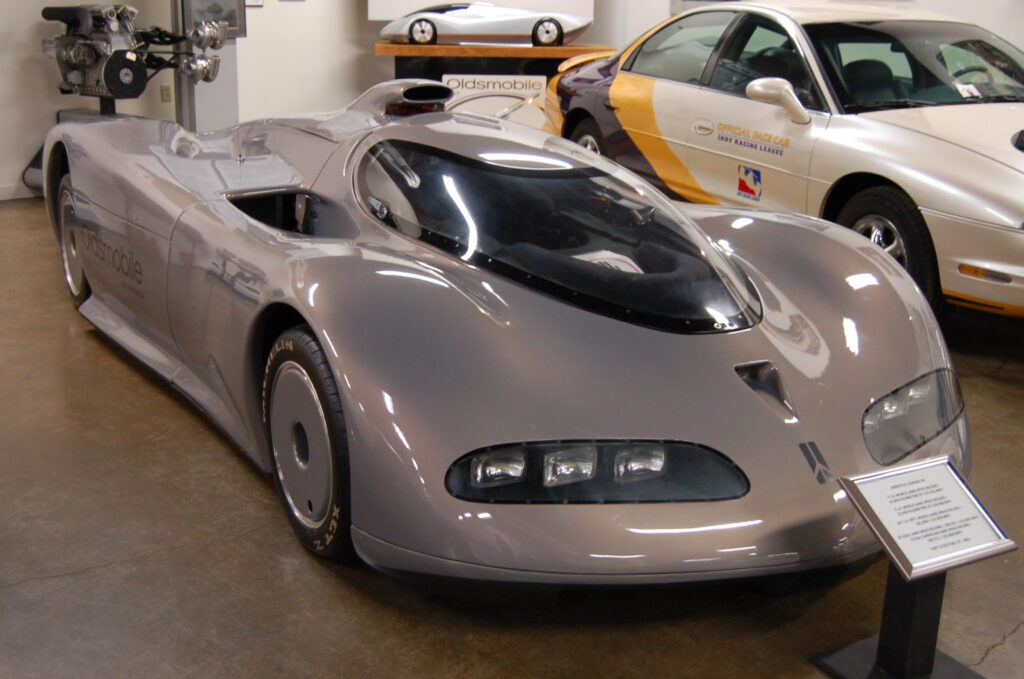
The Oldsmobile Aerotech was designed with one thing in mind— breaking speed records. Its ultra-streamlined body, made from carbon fiber, allowed it to reach breathtaking speeds, setting several world records in the process. Although it was never intended for mass production, the Aerotech’s sleek, futuristic design turned heads.
Maserati Boomerang (1972)
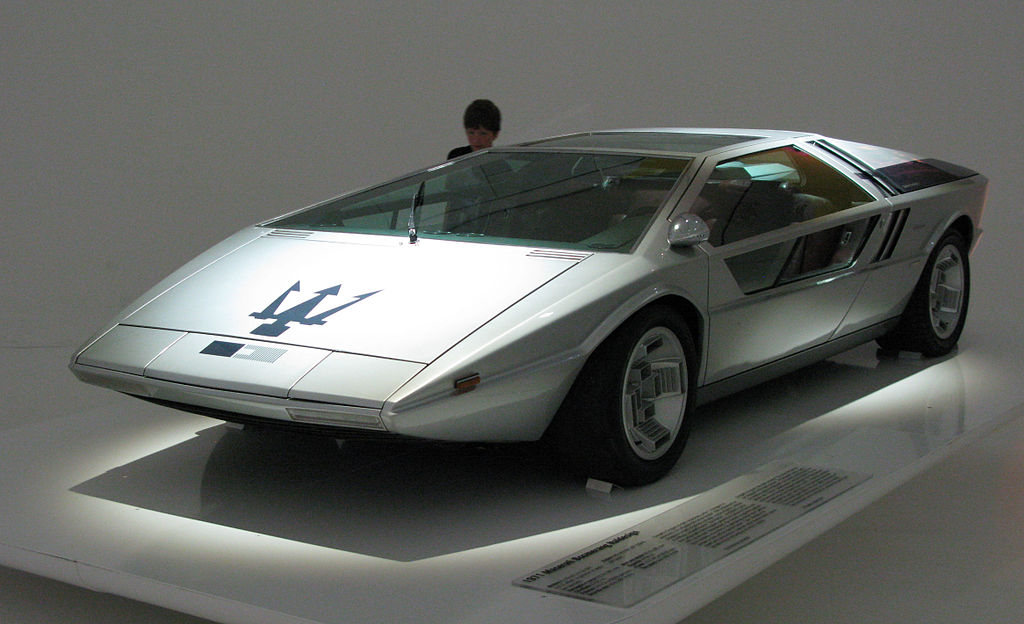
The Maserati Boomerang, with its angular, wedge-shaped design, was one of the most radical concept cars of the 1970s. Designed by Giorgetto Giugiaro, the car featured sharp angles and a minimalistic interior that looked more like a spaceship than a car. Although only one Boomerang was ever produced, its influence can still be seen in modern supercars. The Boomerang is often hailed as a masterpiece of futuristic car design.
Cadillac Cyclone (1959)
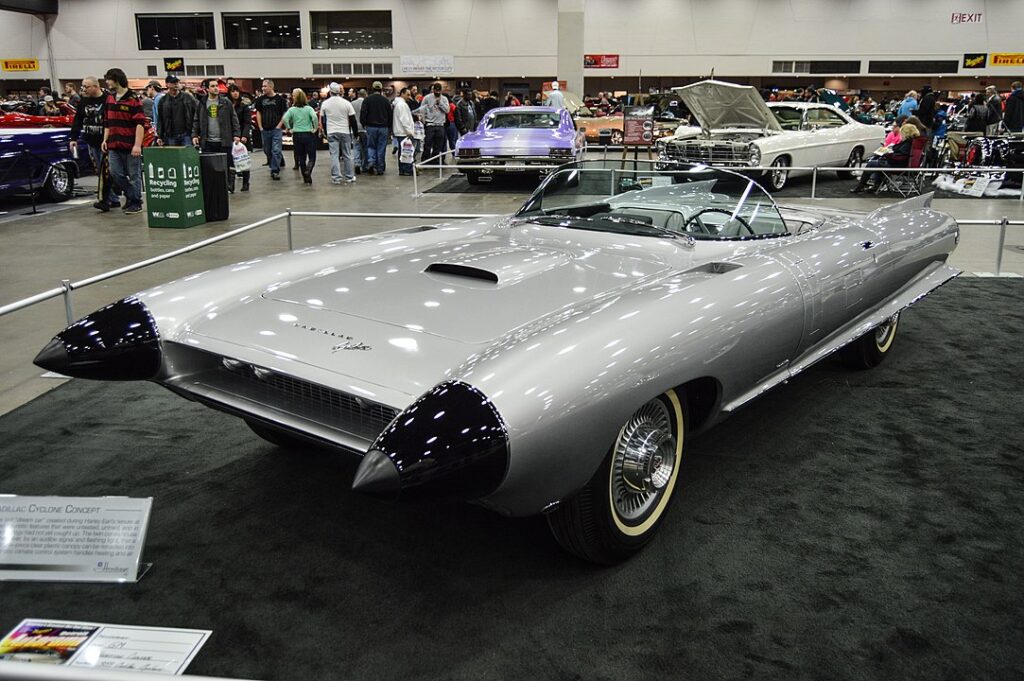
The Cadillac Cyclone stood out with its futuristic bubble-top canopy and jet-like styling. Developed as a concept car, it was equipped with advanced radar-based crash avoidance technology, something unheard of at the time. Its dramatic design made it look like it belonged more in a sci-fi film than on the roads. Although it was never produced, the Cyclone remains a bold example of mid-century automotive futurism.
Lincoln Futura (1955)

Best known for being transformed into the Batmobile, the Lincoln Futura was a vision of futuristic luxury long before it became a superhero’s car. Its twin bubble cockpits, massive tailfins, and sleek lines made it one of the most recognizable concept cars of the 1950s. Though it never went into production, the Futura captured the public’s imagination and became a cultural icon. Its bold design elements were ahead of their time and continue to inspire car enthusiasts.
This article originally appeared in MyCarMakesNoise.
More from MyCarMakesNoise
15 Underrated Airplanes for Private Pilots

When it comes to choosing an airplane, many private pilots gravitate toward well-known models, leaving some truly remarkable aircraft overlooked. This list highlights 15 underrated airplanes that offer exceptional performance, reliability, and unique features. Read More.
17 Investment-Worthy Vintage Airplanes for Aviation Enthusiasts

For aviation enthusiasts, investing in vintage airplanes isn’t just about owning a piece of history; it’s about preserving the legacy of aviation’s golden age. Read More.
19 Underappreciated Luxury SUVs That Offer Great Value
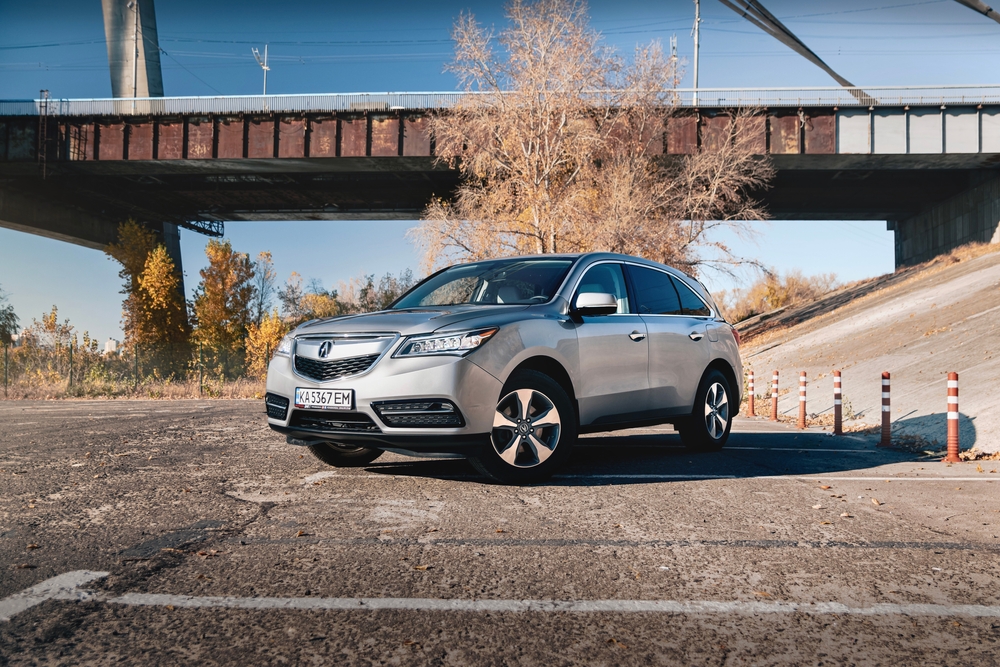
When it comes to luxury SUVs, some models don’t get the recognition they deserve. These underappreciated vehicles offer top-notch features, impressive performance, and exceptional value, often at a more accessible price. Read More.




